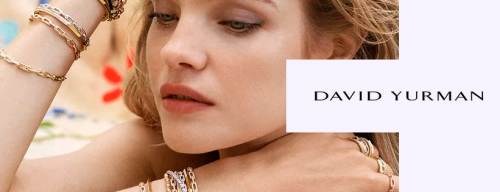FROM LAURENT THOMAS | @CNBC | http://cnb.cx/2y0xqEb
#EBay partners with #fashion #marketplace #Spring in growing rivalry with #Amazon, #Wal-Mart
As Amazon, Wal-Mart and Target work faster than ever to beef up their e-commerce operations, one of America's earlier internet marketplaces has fallen off some shoppers' radars. But don't count eBay out of the race to the top.
The company is partnering with Spring, a New York-based fashion e-retailer, to bring hundreds of big-name accessories and apparel brands to ebay.com. Shoppers will now be able to browse the looks of David Yurman, Rag & Bone, Mango and Chloe on eBay's website, the same site that lets customers bid on toys, power tools and motorcycles. Like its retail rival Amazon, eBay's in the business of everything.

EBay's latest move shows the e-retailer is still trying to grow its online marketplace and shed from its image any perception of poor quality or too much hassle. Today, more than 80 percent of merchandise sold on eBay is new, and nearly 90 percent of items bought on the website are purchased without a bidding component.
It also reflects a bigger shift in the industry. "The Spring and eBay partnership is evidence of a growing trend in which retailers are partnering — instead of competing — with other retailers," Jill Ramsey, vice president of merchandising at eBay, said.
"With Spring, we can bring even more coveted merchandise to our buyers, making it easier than ever to discover their own version of perfect."
The Spring storefront on eBay's website will function like a boutique, the companies explained, where shoppers should be pleased to find more of their favorite brands in one place. At least that's the goal, as consumers today are faced with more options of places, both online and offline, to ring up purchases.
It's not the exclusivity factor that sets Spring apart from other retailers or online players — Coach and Michael Kors, for example, can be purchased via many outlets. Spring, though, has managed to curate an assortment of hundreds of fashion-forward brands, all within one site, and now it hopes to bring that same concept to eBay, making the internet marketplace a "dedicated destination" for women looking for Bobbi Brown makeup or a pair of Tory Burch sandals.
[LIRE LA SUITE]